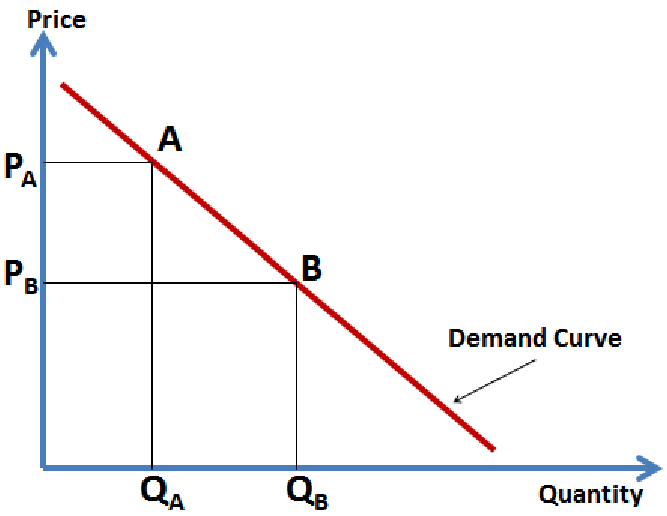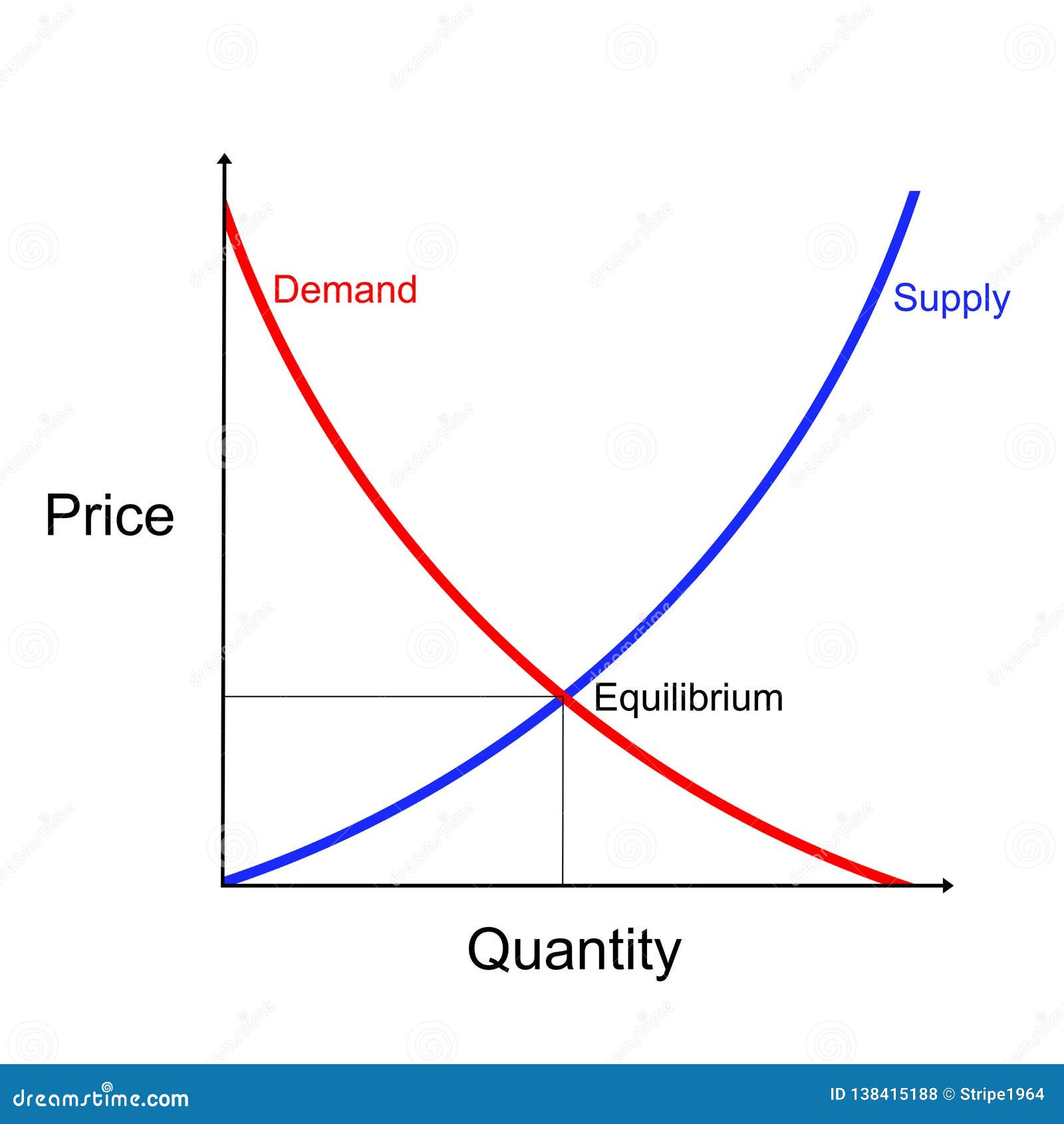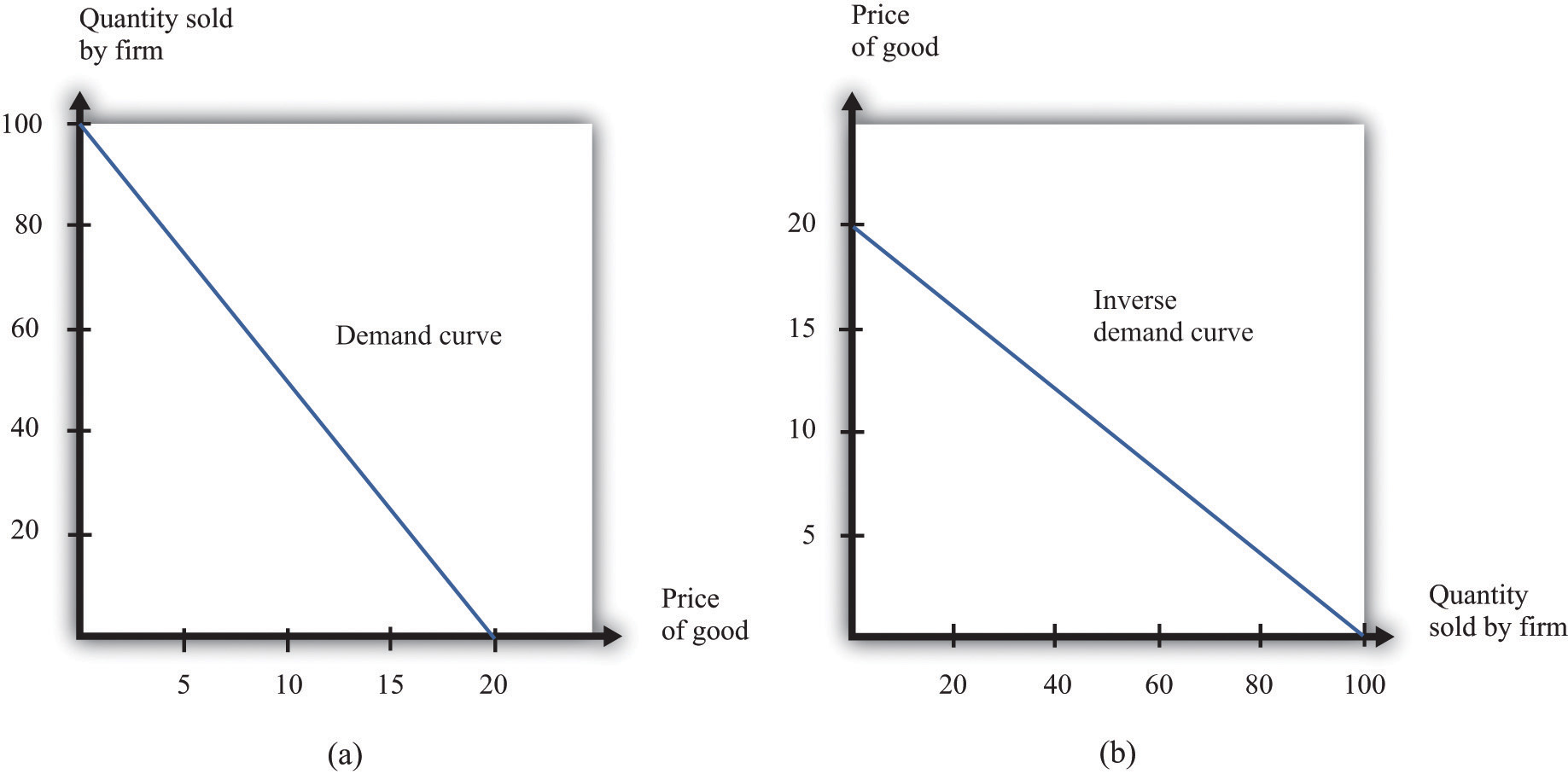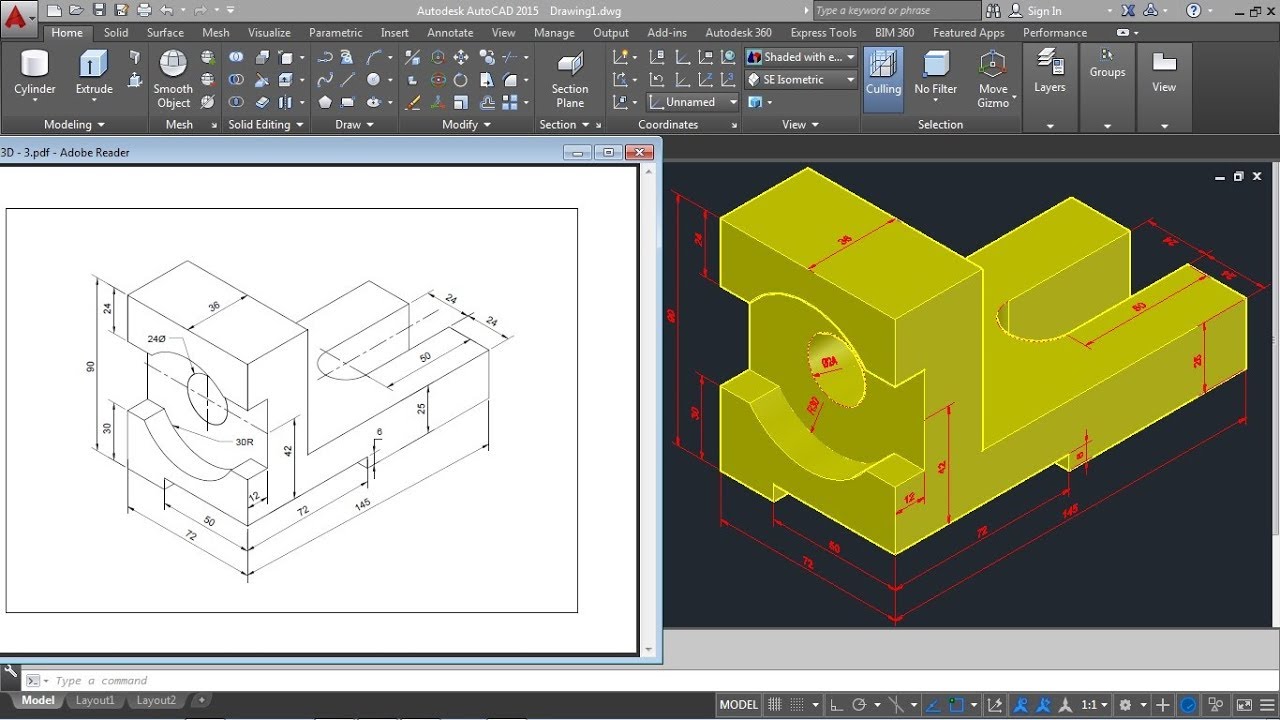The revenues of a firm
Table of Contents
Table of Contents
Do you want to know how to draw a demand curve? Drawing a demand curve may seem daunting, but it’s actually quite simple when you know what to do. In this blog post, we’ll walk you through the steps to create a demand curve and explain the related keywords and concepts. By the end of this post, you should have a solid understanding of how to draw a demand curve and why it’s important.
Pain Points
When it comes to drawing a demand curve, one of the biggest pain points people face is understanding what it even is. Many people in the business world have heard of a demand curve, but not all of them know what it means, let alone how to create one. Fortunately, it’s not as complicated as it may seem at first glance.
How to Draw a Demand Curve
Now, let’s answer the question of how to draw a demand curve. A demand curve is a graphical representation of the relationship between the price of a good or service and the quantity of it that consumers are willing and able to buy. To draw a demand curve, you need to plot data points on a graph that show the relationship between price and quantity demanded. Here are the steps:
- Create a graph with price on the y-axis and quantity demanded on the x-axis.
- Plot data points for different levels of price and quantity demanded.
- Connect the dots to form a curve.
- Add any necessary labels or titles to the graph.
It’s important to note that no two demand curves are exactly alike. Each curve represents the unique relationship between price and quantity demanded for that particular good or service.
Pricing Strategy and Elasticity
One of the most important reasons to understand how to draw a demand curve is for pricing strategy. Businesses use demand curves to help determine the optimal price point for a given product or service. The elasticity of the demand curve, or how sensitive quantity demanded is to price changes, can also impact pricing decisions.
For example, if the demand curve is relatively flat, that means that changes in price will have a relatively large impact on quantity demanded. In this case, setting a lower price point may actually be more profitable, as the increase in sales volume may offset the lower selling price.
Demand Shift and Equilibrium
Another key concept related to demand curves is demand shift. Changes in consumer tastes, population demographics, or overall economic conditions can all cause a shift in demand for a particular product or service. This can result in a shift of the entire demand curve.
The point at which the demand curve intersects with the supply curve is called the equilibrium point. This represents the most efficient allocation of resources, as it maximizes both consumer satisfaction and producer profits.
Visualizing a Demand Curve
Using a real-world example can help you better understand how to draw a demand curve. Let’s consider the market for coffee. As the price of coffee decreases, the quantity demanded increases. Conversely, as the price of coffee increases, the quantity demanded decreases. By plotting these data points on a graph and connecting the dots, you can create a demand curve that shows the inverse relationship between price and quantity demanded.
Real-Life Applications
Understanding how to draw a demand curve can have a significant impact on a business’s bottom line. By analyzing demand curves, businesses can make more informed pricing decisions and adjust their strategies to better meet customer needs. Similarly, governments can use demand curves to help set policies related to taxes, trade, and regulations.
Question and Answer
1. What is a demand curve?
A demand curve is a graphical representation of the relationship between the price of a good or service and the quantity of it that consumers are willing and able to buy.
2. How do you draw a demand curve?
To draw a demand curve, you need to plot data points on a graph that show the relationship between price and quantity demanded, and then connect the dots to form a curve.
3. Why is understanding demand curves important?
Understanding demand curves is important for businesses to make informed pricing decisions and adjust their strategies to better meet customer needs. Governments can also use demand curves to help set policies related to taxes, trade, and regulations.
4. What is the equilibrium point?
The equilibrium point is the point at which the demand curve intersects with the supply curve, representing the most efficient allocation of resources.
Conclusion of How to Draw a Demand Curve
Now you know how to draw a demand curve and why it’s important for businesses and governments to analyze demand curves. By understanding how demand curves work, you can make more informed decisions about pricing and strategy, as well as better understand the broader economic landscape.
Gallery
Demand Curve: Pengertian, Fungsi Dan Faktor Yang Mempengaruhinya

Photo Credit by: bing.com / kurva conventional permintaan siba suatu mempengaruhinya faktor fungsi konsumen organisasi
Supply And Demand Curves Diagram Showing Equilibrium Point Stock

Photo Credit by: bing.com / equilibrium curves graph
Demand (AS/A Levels/IB/IAL) – The Tutor Academy

Photo Credit by: bing.com / demand curve graph supply draw ial increase price ib levels exam marks lose incorrect labeling accurately diagrams tip does
The Revenues Of A Firm

Photo Credit by: bing.com / demand curve two curves draw diagram firm shows economics revenues views figure saylordotorg github theory applications io text through
Economicsblog: AS Chapter 2 Summary.

Photo Credit by: bing.com / demand curve draw shown below data used simple





